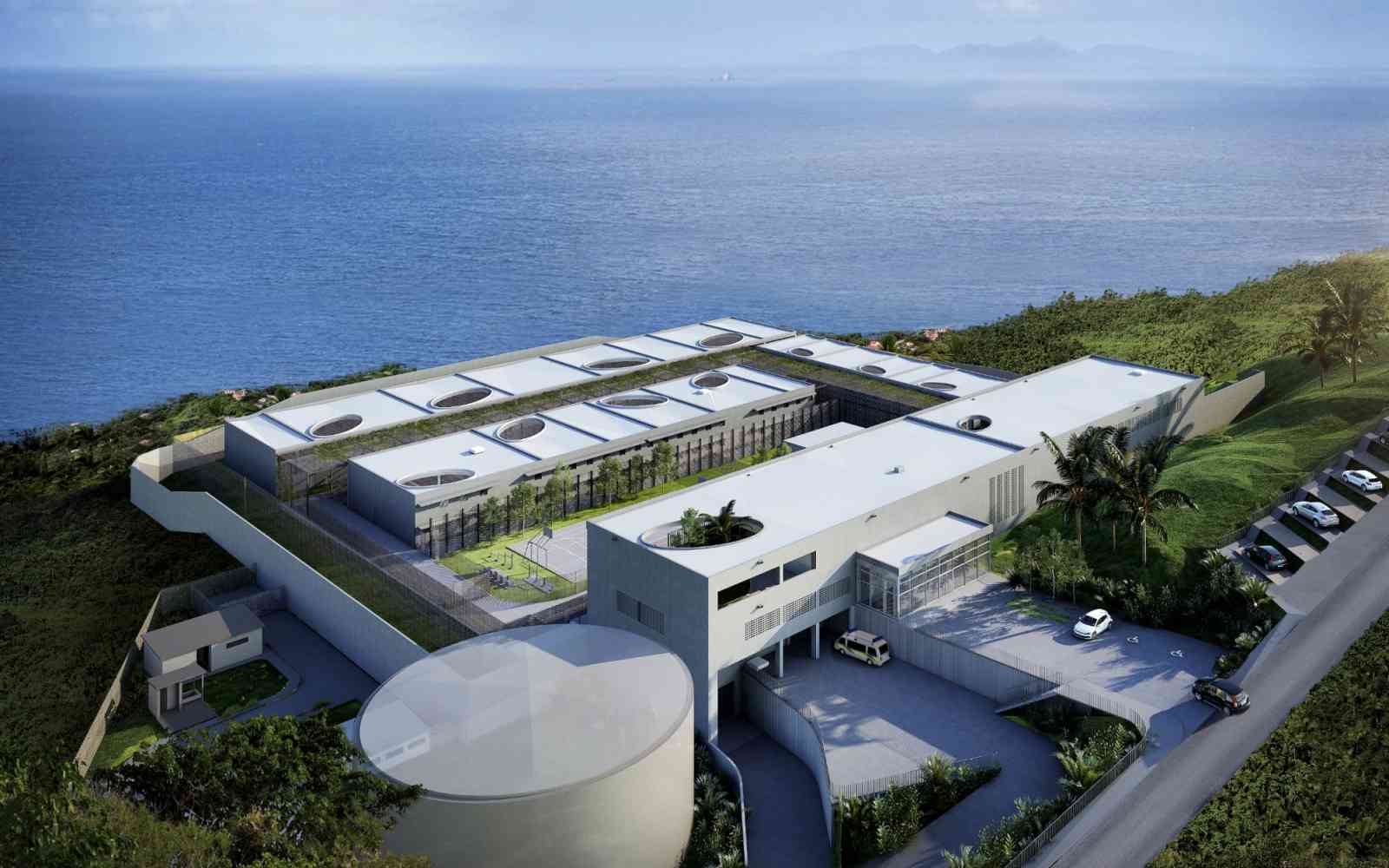The United Nations Office for Project Services (UNOPS)
Infrastructure for climate action

A new report from UNOPS, the UN Environment Programme and the University of Oxford has revealed the extent to which infrastructure defines our climate.
Co-published by the three organizations ahead of the 26th UN Climate Change Conference (COP26), Infrastructure for climate action calls for radical changes in the way governments plan, design and manage infrastructure to support a low-emission and resilient future.
In a landmark finding, the research reveals that infrastructure is responsible for 79 per cent of all greenhouse gas emissions.
This report highlights that radical changes to how we approach infrastructure are needed to stop the worst effects of climate change. It is ultimately crucial that we get this right as the infrastructure decisions made today will determine the quality of our common future.
Emphasizing the often overlooked role infrastructure plays in combatting climate change – including mitigation and adaptation efforts – the research looks at the influence of infrastructure on climate action across energy, transport, water, solid waste, digital communications and construction sectors.
The report also finds that infrastructure is responsible for 88 per cent of all adaptation costs. This highlights the critical role infrastructure plays in supporting national development priorities and achieving the targets of the Paris Agreement.
"Sustainable infrastructure is the only way we can ensure that people, nature and the environment thrive together,” said Inger Andersen, UN Environment Programme Executive Director.
“As we seek to bridge the infrastructure gap and improve the quality of life of people everywhere, it is critical that we invest in sustainable infrastructure that adapts to future uncertain climate conditions; contributes to the decarbonization of the economy; protects biodiversity and minimizes pollution,” said Ms. Andersen.
The report presents some of the key steps that governments can take to ensure infrastructure projects incorporate climate adaptation and mitigation measures while striving for long-term sustainability. Focusing on national examples, it highlights a range of infrastructure projects that have contributed to the achievement of national climate and development targets.
“The central question is not whether we need infrastructure, but how it can be provided in ways that are sustainable, resilient and compatible with a net zero future,” said Jim Hall, Professor of Climate and Environmental Risk at the University of Oxford.
“It requires a myriad of choices, from the moment an infrastructure project is first conceived, to the end of its life when it is decommissioned or repurposed,” he said.
The report supports research from a previous University of Oxford and UNOPS report which found that infrastructure heavily influences 92 per cent of targets within the 17 Sustainable Development Goals.










